Any notion that the surge in killings in London was a problem confined to gang members has been dispelled by the death of 17-year-old Tanesha Melbourne-Blake, who acted as a mentor for troubled children but who died in her mother’s arms after a drive-by shooting.
Violent crime is everyone’s problem, yet until this year it had slipped a long way down the list of pressing political issues. Terrorism continues to take up debate, as do sexual offences, especially allegations involving public figures. But grubby, everyday lawbreaking — including of a violent kind — seemed to have receded as a national problem. The news that for two months in a row London’s murder rate has been higher than New York’s has jolted the country out of this complacency.
Crime statistics are notoriously difficult to interpret — police figures for recorded crime tend to disagree with those derived from the National Crime Survey, which asks members of the public for their personal exposure to crime. But it is hard to argue with the figures for murder — a crime which is almost always recorded. For decades until around the turn of the century the murder rate surged, hitting an artificial peak in 2003 when 218 victims of Harold Shipman were perversely added to the total for that year. The rate then declined until 2014, since when it has seen a sharp rise. This mirrors the pattern in recorded knife and firearms offences, which similarly declined until 2014, before rising again.
Why violent crime has rekindled is not straightforward, though there are several possible contributory factors. Since the revelations about the late Jimmy Savile emerged in 2012, a great number of police resources have been consumed with investigating historic sex offences. While serious sexual offences committed in the past should not be dismissed, a moral panic has led to disproportionate attention being paid to allegations which have either proved to be fantastical — such as those against the late Sir Edward Heath — or which were simply not serious enough to have been pursued decades after the events supposedly took place.
The skewed priorities of some police chiefs have been compounded by the politicised approach of the Director of Public Prosecutions, Alison Saunders, who announced her departure from the job this week. Under her leadership, the Crown Prosecution Service has concerned itself rather more with ‘fashionable’ offences, such as date rape and hate crime. The result has been a string of collapsed rape trials — while shoplifters and burglars have escaped prosecution.
There is another possible factor in the rising crime rate, in which Theresa May is strongly implicated. In 2014, the then Home Secretary issued new guidelines which discouraged the police from the practice of stop and search. She claimed that the police were using their powers unfairly to target ethnic minorities — quoting Home Office figures which showed that black people were seven times more likely to be stopped than white people. Alasdair Palmer, who worked as May’s speechwriter at the time, has questioned this assumption: a study for the Home Office, he said, revealed that there was no bias in how police selected subjects for stop and search, once you took into account who was out on the streets when police were doing the searching. But the outcome is beyond dispute: the number of stop and searches has plummeted by two thirds since Mrs May changed the rules.
There was a time when the Conservatives were trusted as the party which could best tackle crime. If crime rose, they tended to benefit politically, even if they were in power at the time, thanks to widespread perception that Labour was too soft, too quick to support crackpot theories which displaced the blame from the criminal to society. Yet this is a lot less politically clear now. Besides May’s curtailment of stop and search, the government has cut police numbers — an issue which Jeremy Corbyn was able to exploit in last year’s general election campaign.
Moreover, Labour has a good recent record on crime. Under Tony Blair, the party shed utterly its reputation for being soft. His slogan ‘tough on crime, tough on the causes of crime’ was one of the most successful in recent political history. His government took up Michael Howard’s claim that ‘prison works’ and doubled the number of inmates behind bars — while, initially at least, still managing to convince liberals that he was on their side. The crime rate fell sharply throughout his time in office.
It will not be easy for the Conservatives to regain their traditional advantage on law and order, but the first thing the government should do is to refocus the police and Crown Prosecution Service on everyday crime: the burglaries, muggings and increasingly stabbings which blight lives in many communities, especially the poorest. It is not acceptable that the CPS and police are allowed to set a political agenda of their own.
Second, the government needs to ensure that police forces are not hollowed out, and that officers are allowed to fulfil their duties without being put off by sensitivities over race. We need to be honest about where crime is being committed, who is committing it and who are the victims. Whenever we have a spate of fatal stabbings, as we had in 2008 and as we are having again now, it becomes painfully clear that it is taking place more in some communities than others. If there are cultural issues over crime, they need to be addressed by the government and law-enforcement agencies, not evaded for fear of accusations of racism.
Jeremy Corbyn has already stolen Tony Blair’s slogan ‘for the many, not the few’. Theresa May needs to find a new way of expressing ‘tough on crime, tough on the causes of crime’ — because it describes exactly where government policy should be.
Got something to add? Join the discussion and comment below.
Get 10 issues for just $10
Subscribe to The Spectator Australia today for the next 10 magazine issues, plus full online access, for just $10.
You might disagree with half of it, but you’ll enjoy reading all of it. Try your first month for free, then just $2 a week for the remainder of your first year.

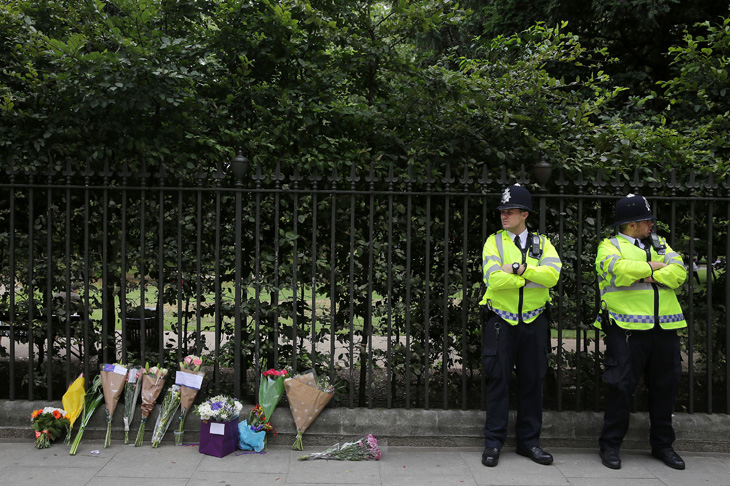
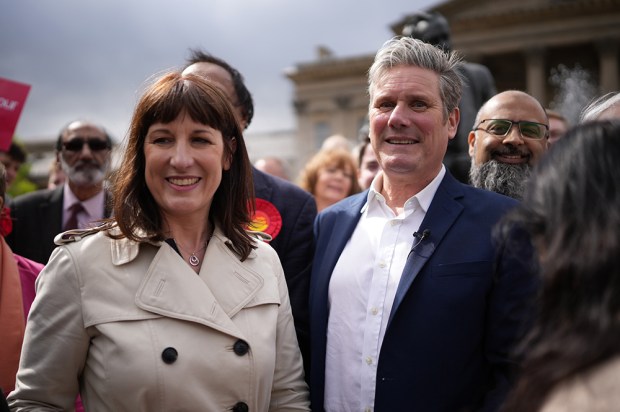
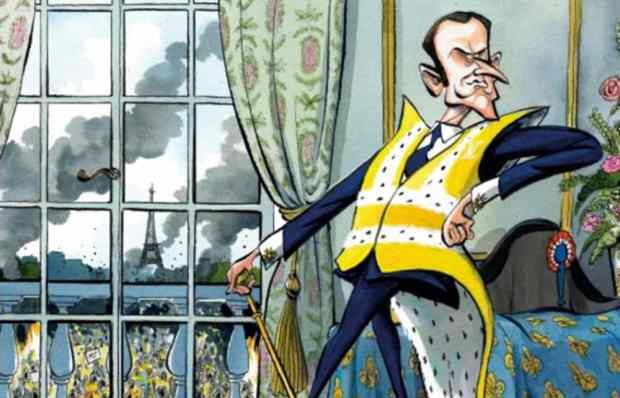

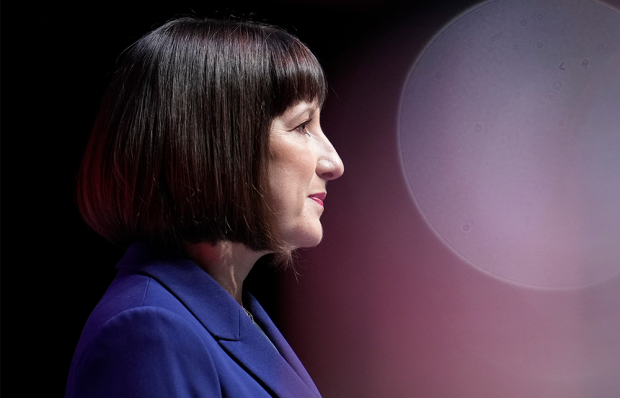

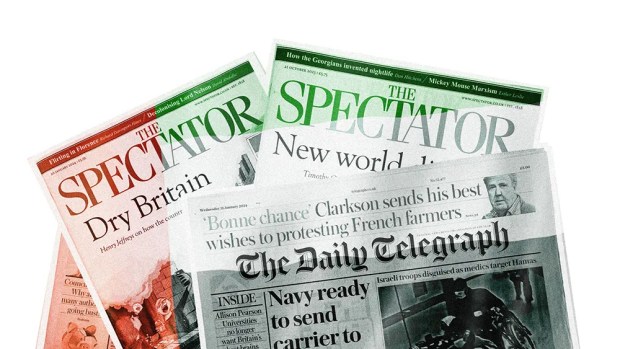






Comments
Don't miss out
Join the conversation with other Spectator Australia readers. Subscribe to leave a comment.
SUBSCRIBEAlready a subscriber? Log in